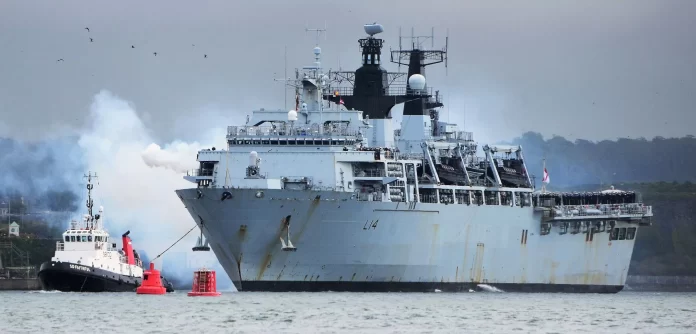The UK Royal Navy has ended its full spectrum naval capability following the scrapping of two amphibious assault ships, HMS Albion and HMS Bulwark, as part of a slew of defence cuts by the new Labour government in a dark day for the UK military, UK defence Journal reports.

